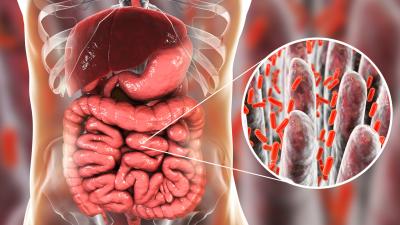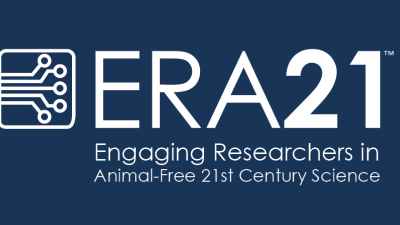Fast and Efficient New Human Cell Based Method for Studying “Forever Chemicals”

Study in a Sentence: Researchers from Health Canada demonstrated that bioactivity exposure ratios derived through high-throughput transcriptomic analysis of human primary hepatocyte spheroids exposed to per- and polyfluoroalkyl substances (PFAS) were comparable to those derived using the traditional rodent apical endpoints.
Healthy for Humans: PFAS chemicals are widely found throughout the environment because of their extensive use and persistence. Increased exposure to PFAS is associated with adverse liver outcomes in humans, including steatosis. Although several PFAS are well studied, most lack toxicity data to inform human health hazard and risk assessment. This study validated a screening method and produced a baseline transcriptomic dataset that can be used to study data-poor PFAS without the use of animals.
Redefining Research: High-throughput transcriptomics can be used to investigate biological perturbations induced by chemical exposures and to compare similarities and differences in biological potencies across chemicals, filling data gaps more quickly and at lower cost than animal testing. The bioactivity exposure ratio (BER) is the ratio of the safe human equivalent dose to the daily population exposure for a given chemical; a small BER indicates that biological perturbations occur at concentrations relevant to human exposure levels. These researchers found that perfluorooctane sulfonate (PFOS) was the most transcriptionally active and had a gene expression profile similar to that of perfluorodecane sulfonate (PFDS), while perfluorobutane sulfonate (PFBS) was the least active and the least potent. This is consistent with reports that shorter chain PFAS cause less transcriptional perturbation and that PFOS causes hepatic steatosis (fatty liver disease).








